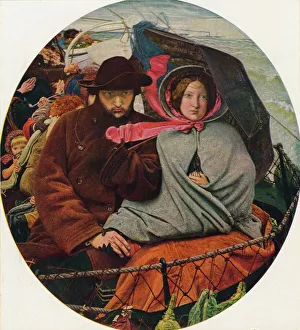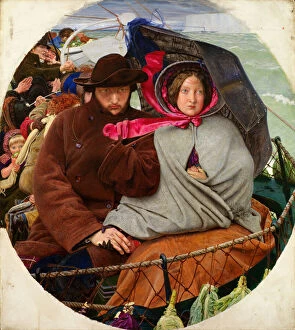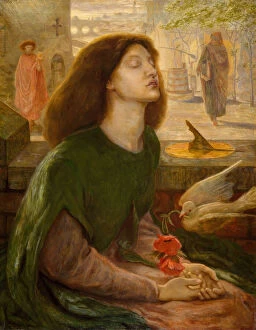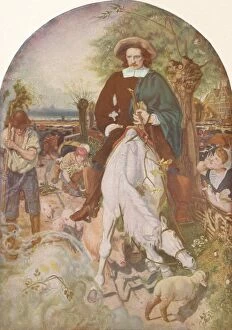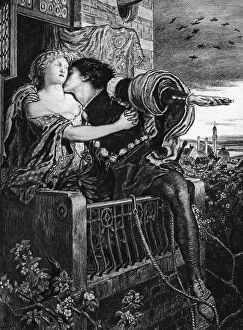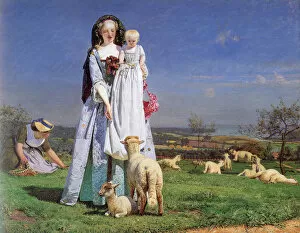Ford Madox Collection
Ford Madox Brown, a renowned artist of the 19th century, left an indelible mark on the art world with his diverse and captivating works
All Professionally Made to Order for Quick Shipping
Ford Madox Brown, a renowned artist of the 19th century, left an indelible mark on the art world with his diverse and captivating works. One of his notable pieces is "The Last of England" painted between 1852-1855. This painting depicts a somber scene, portraying a couple bidding farewell to their homeland as they embark on a treacherous journey. In another masterpiece titled "Tells Son: A Portrait of the Artists Grandson, " Ford Madox Brown showcases his talent in capturing intimate moments. The oil-on-canvas artwork immortalizes the tender bond between a father and son, evoking emotions that resonate with viewers. Moving away from oils, Brown's watercolor piece "King Renes Honeymoon" transports us to an enchanting realm where love blossoms amidst vibrant hues. The meticulous brushstrokes bring life to this romantic scene and showcase Brown's versatility as an artist. With "Finding of Don Juan by Haidee, " created around 1870, Ford Madox Brown delves into storytelling through art. This captivating piece narrates a tale filled with passion and intrigue while showcasing the artist's ability to capture complex narratives within one frame. "Elijah and the Widows Son, " painted in 1864, demonstrates Brown's mastery in depicting biblical scenes. Through skillful use of light and shadow, he brings this miraculous event to life on canvas - testament to his artistic prowess. In contrast to these serious themes, "Pretty Baa-Lambs" from the 1850s reveals Brown's lighter side. This charming work captures innocence and simplicity through its portrayal of adorable lambs grazing peacefully in nature. Brown also explored historical subjects such as in "Death of Sir Tristram. " Painted around 1864, this dramatic composition immerses viewers into Arthurian legend while showcasing his attention to detail and ability to convey emotion through paint strokes.

